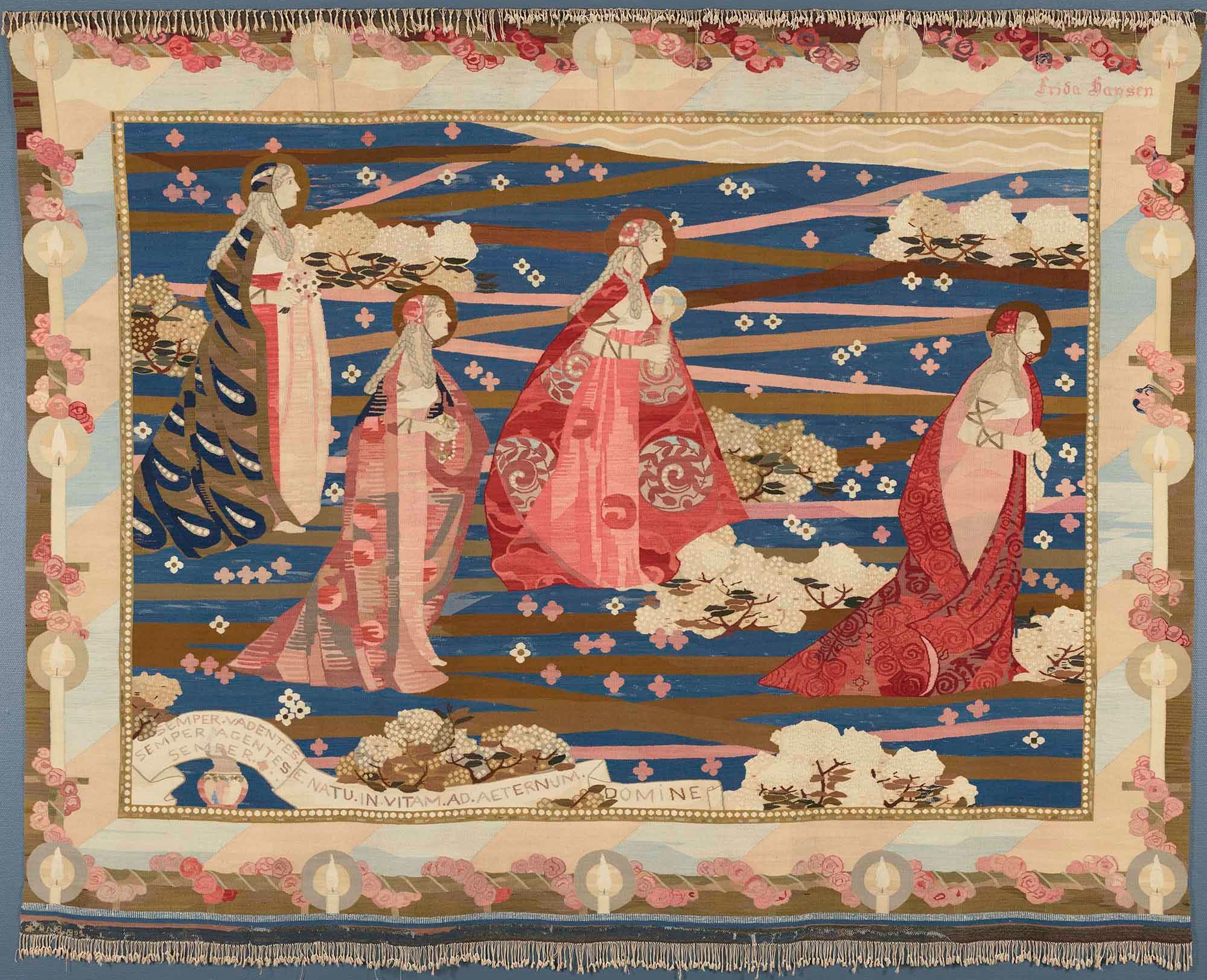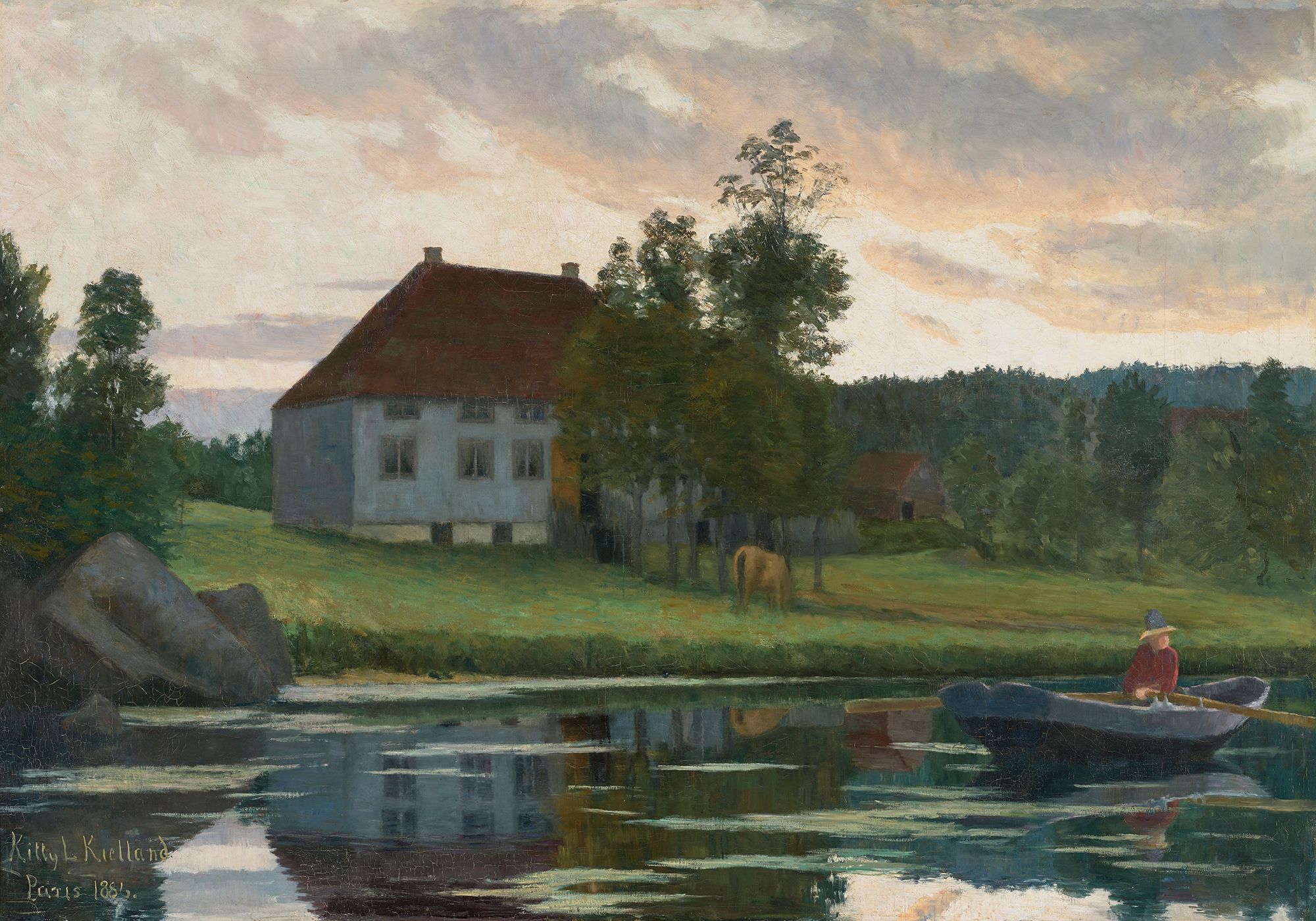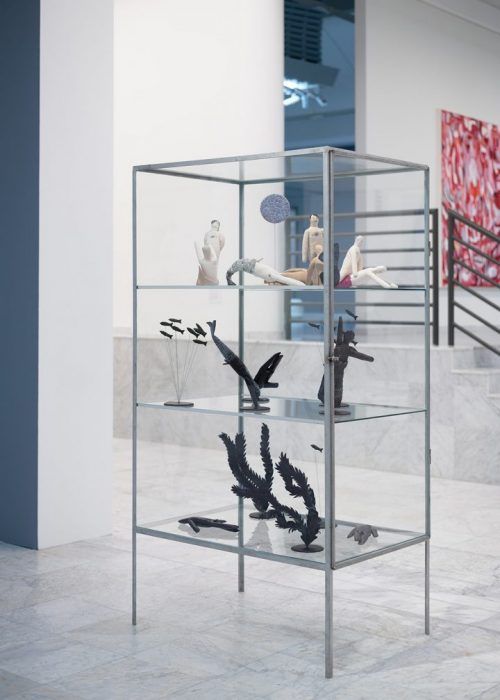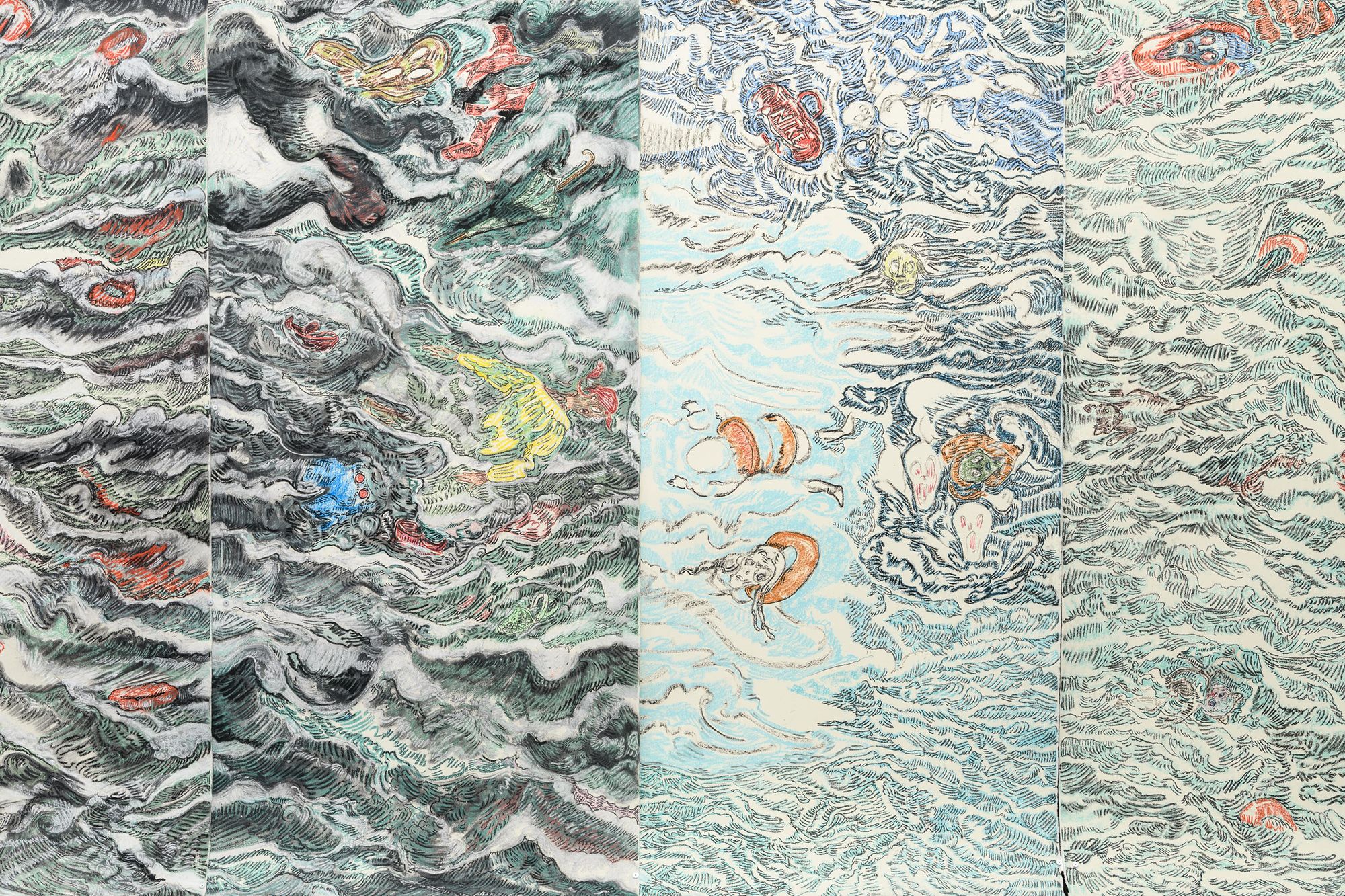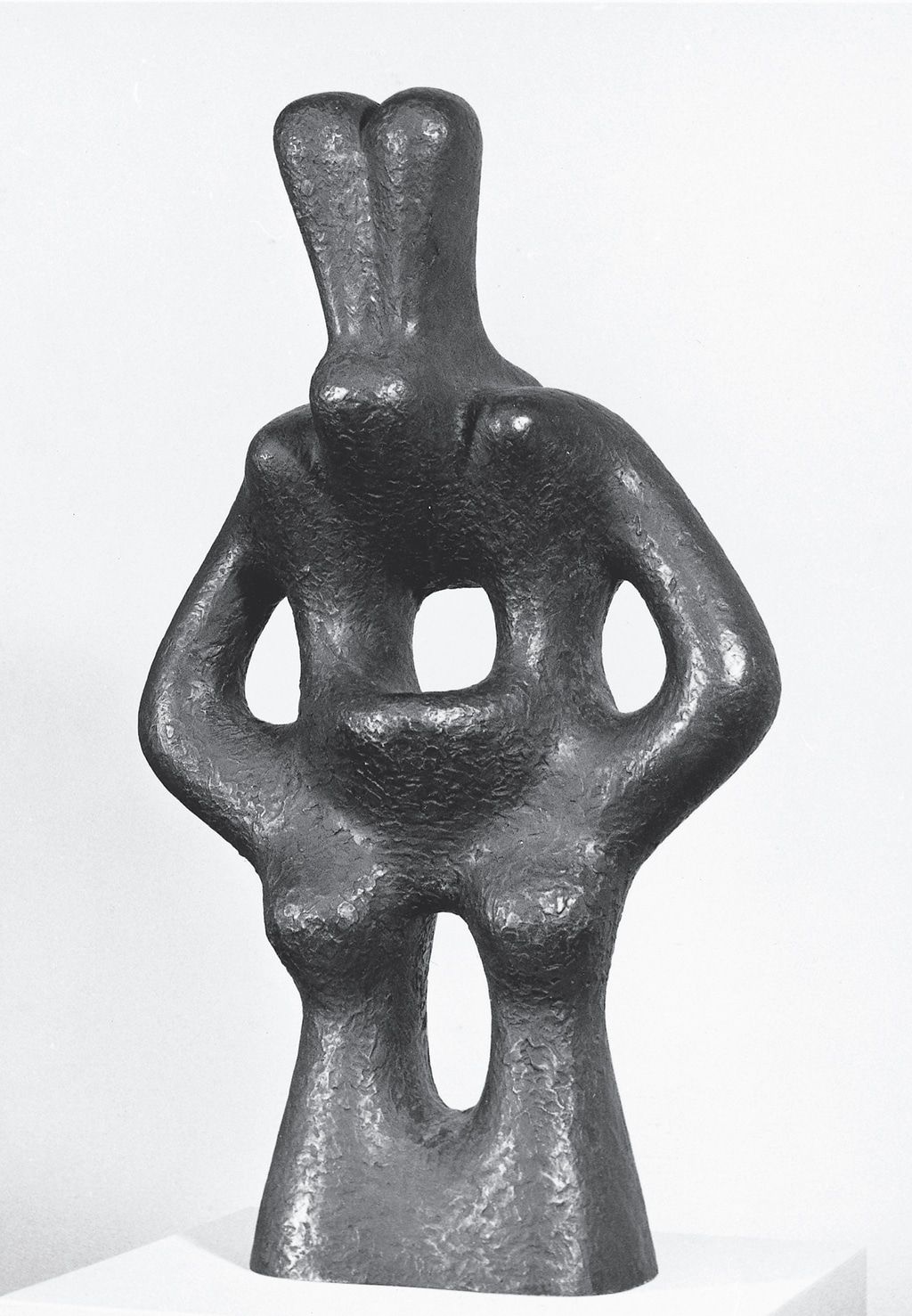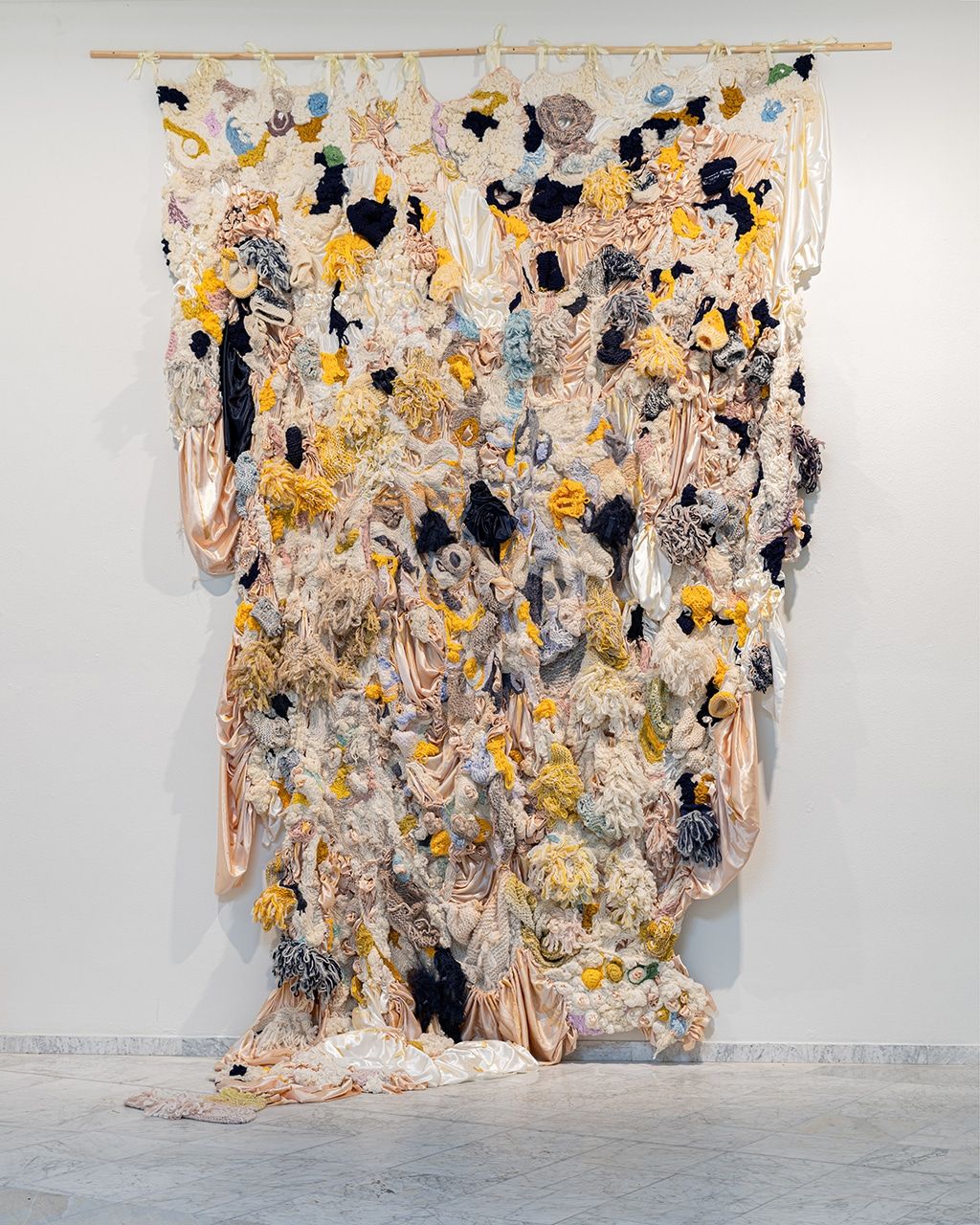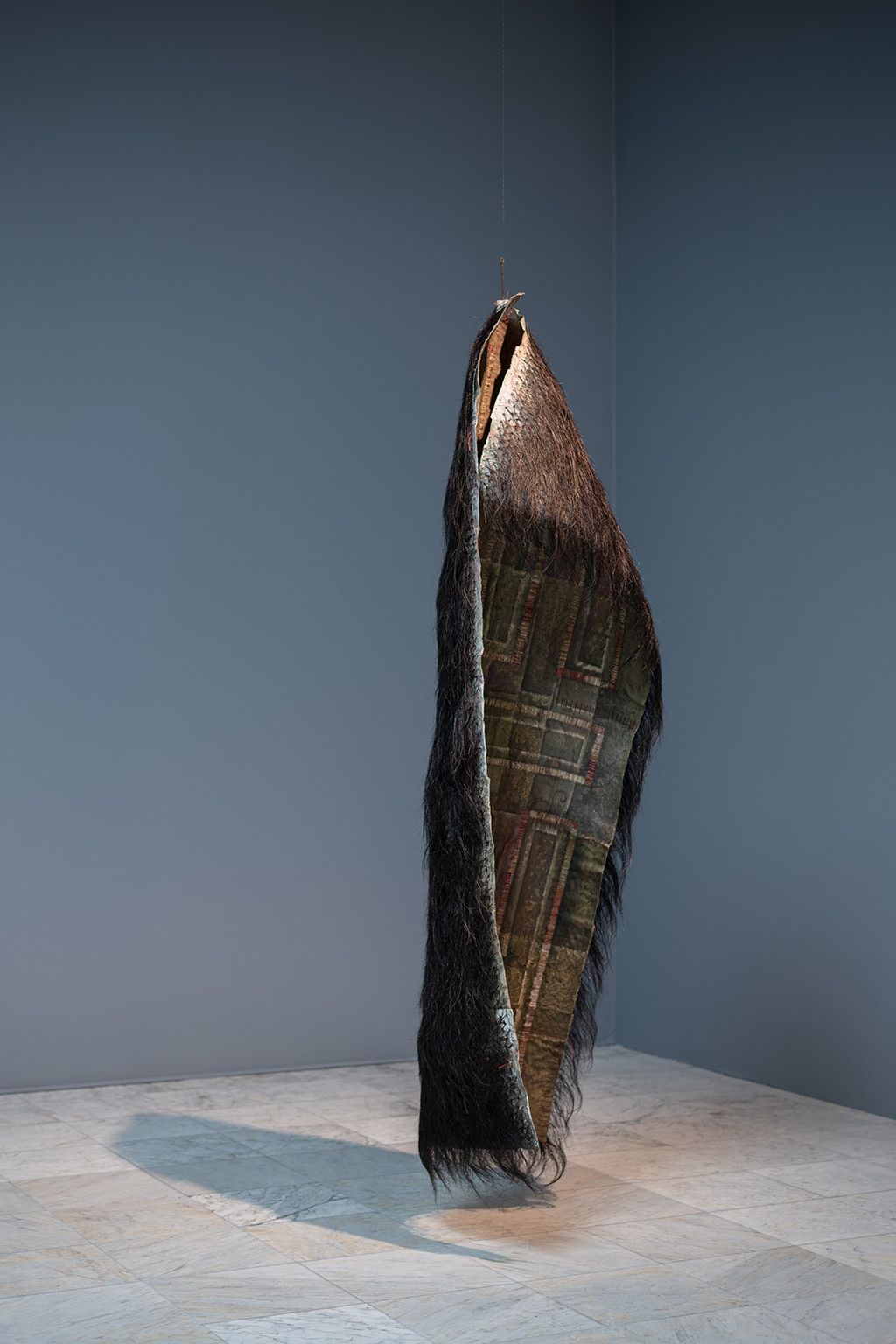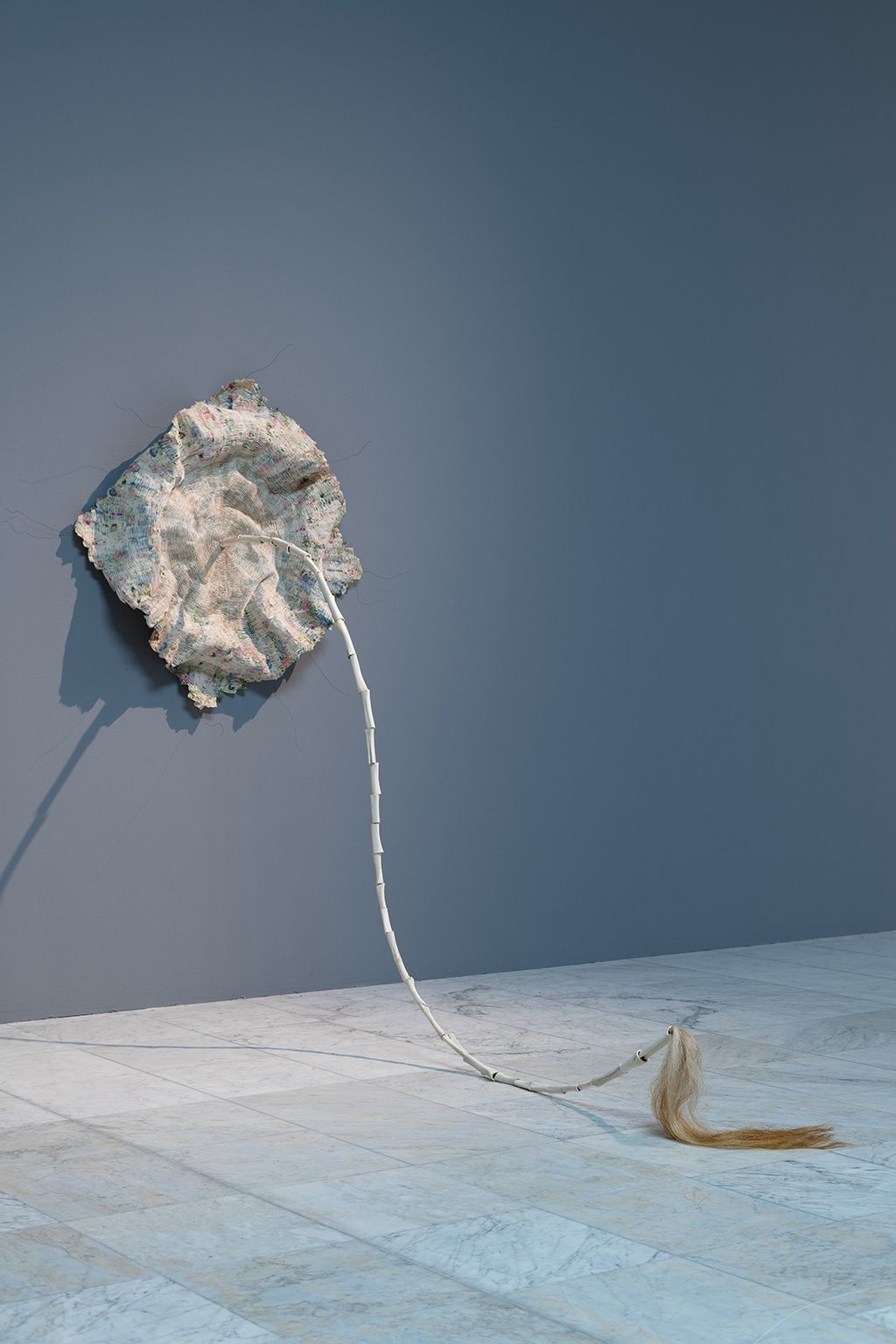The collection that now forms the basis for Stavanger Art Museum’s collection began as a private initiative by the founding members of Stavanger Kunstforening (the Stavanger Art Society). The father of Alexander and Kitty Kielland, Jens Zetlitz Kielland, himself an amateur painter, was on the board and insisted that the first paragraph of the art society’s founding documents should state the intention to form an art collection. This was 1865, and in the following years the society acquired works by artists such as Lars Hertervig, Kitty Kielland, Hans Gude, Olaf Lange, Knut Baade, Harriet Backer, Carl Sundt-Hansen and Christiane Schreiber. The society had no permanent location until 1893, when it started sharing premises with Stavanger Museum. However by 1915, the museum required all of its own building space, so the art society built a temporary structure on its own property on Madlaveien. The building standing there today was built ten years later. In 1915, the Permanent Collection contained 45 artworks. By 1935 its holdings had increased to 165 works, and by 1966 it had 354 works. The Permanent Collection was built primarily through gifts and purchases that were funded by endowments. In 1966, the regional government took over responsibility for the collection, and it came to be organized under the foundation Stavanger Faste Galleri (Stavanger Permanent Gallery). After 1966, this art gallery and the art society separated into two distinct institutions, each with its own leadership and board of directors. In 1990, Stavanger Faste Galleri was renamed Rogaland kunstmuseum (Rogaland Museum of Fine Arts), then in 2010 Stavanger kunstmuseum (Stavanger Art Museum). When the art museum moved into its current purpose-built premises in the park alongside Mosvann Lake, its collection consisted of 1,429 works. It has since grown to include 2991 artworks. The establishment of the art collection in Stavanger coincided with the establishment of a national identity in Norway, hence the dominant interest in landscape painting. Notably the founding members of Stavanger Kunstforening also collected works by Harriet Backer and Christiane Schreiber, the latter being one of the first female artists to study in Düsseldorf. Mostly recognized for her portraits, her long lasting relationship with the Swedish painter Sophie Ribbing has also been of interest to contemporary artists and art historians. Local artist Olaf Lange also stands out among the early acquisitions because of his interest in European politics and a wider European cultural heritage that also came to influence his artistic practice. Lange later bequeathed a large number of artworks to the collection, among them several examples of his colour etchings from the early 1900s, Art Nouveau works that stand out with astonishing technical perfection and interesting cultural references. Notably both Lars Hertervig and Kitty Kielland were among the first artists to be included in the collection. They were local artists from slightly different generations and contrasting social backgrounds. Lars Hertervig’s poor family background was a challenging starting point for an artist of his day. It was the financial support of local businessmen that made it possible for him to go to Düsseldorf to study painting. Most of Hertervig’s paintings on canvas were made in the 1850s and 60s, inspired by the romantic landscape painters from the Düsseldorf school. Kitty Kielland grew up admiring the works of Lars Hertervig. Her father was one of the wealthy local patrons who supported Hertervig’s education. Her early aspirations towards becoming a painter included studying the works of Hertervig. One example of these studies is today included in the collection of the National Museum of Art, Architecture and Design and was part of Stavanger Art Museum’s exhibition of her work in 2017. Kielland developed into an open-air landscape painter who made a vital impact on the development of the Neo-romantic painting in Norway in the 1890s. Kielland became an important artist during her lifetime, and after moving to Paris in 1879 she exhibited at the Academie des Beaux-Arts Salon regularly. In 1889, she exhibited four paintings and won a silver medal at the Exposition Universelle in Paris. Since she was based in Paris, she also undertook the role of organizer for the other Norwegian artists participating in the exhibition. As an influential artist, she also tried to convince the collections committee for the National Gallery in Oslo to acquire pieces by Lars Hertervig for their collection. Upon her death in 1914, she left a large financial endowment to the museum for the collection of young and upcoming Norwegian art. In addition to gifts and acquisitions based on endowments, the collection has also been shaped by long-term loans. This has been problematic in some cases. For instance, in late 2016, we were informed that the owner of one of the Hertervig paintings, which had been exhibited in the museum since the late 1990s, wanted to sell the painting for six million NOK. The museum had a huge challenge on our hands trying to secure the painting for the public. Luckily, Sparebankstiftelsen DBN (the DnB Savings Bank Foundation) was willing to buy the painting and submit it to the museum with a more secure long-term loan contract. Frida Hansen’s artwork was introduced to the collection at a much later stage than Kielland and Hertervig. The first four works came to the museum as long-term loans owned by SR-bank in 2009. Since the museum’s Frida Hansen exhibition in 2015, we have acquired six more works for the collection; one work has been given to the museum and two works are on long-term loans. In total we now have ten tapestries and one watercolor sketch by Frida Hansen in Stavanger Art Museum. It is of great importance that most of these works are owned by the museum, but it would not have been possible to acquire the larger works without contributions from private collectors. Semper Vadentes, widely recognized as a major work by Frida Hansen, was included in the collection in 2016. To collect this work, we used funding that had been left to the museum by Solveig Nag Larsen, who bequeathed her estate to the museum in 2005. The equally important Danaidernes kar was purchased with the generous support of local art collectors Tone and Tor Dagfinn Veen. The Frida Hansen collection stands out in the museum, but her textile works also have connections to recently acquired contemporary works as well as ethnographic works in the Jan Groth and Steingrim Laursen collection. Contemporary artist Ask Bjørlo draws much inspiration directly from Hansen’s work. Newly acquired textile works by Elin Melberg and Aslaug Juliussen have historical reference points in the works by Frida Hansen and other pioneering textile artists. The artworks in the Jan Groth and Steingrim Laursen collection adds another dimension to the historical understanding of textile works. The collection holds approximately 650 works and was established in 1995 by artist Jan Groth. When his partner Steingrim Laursen died in 2007, his collection was also included in a generous gift to the museum. The textile works in the collection include several ethnographic works, for instance a large textile from the Kuba people of Zaire (now Democratic Republic of the Congo) made in the 19th century. In addition to a large group of ethnographic works, the Jan Groth and Steingrim Laursen collection also has an impressive representation of American art from the 1960s and 70s, with works by artists such as Sol LeWitt, Donald Judd, Robert Morris, Tony Smith and Robert Rauschenberg. Also included in the collection are Scandinavian artists including Asger Jorn, Sonja Ferlov Mancoba, and Edvard Munch. As such, this sub-collection adds an interesting international perspective to the Stavanger Art Museum’s collection.



